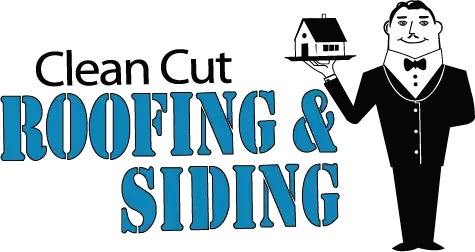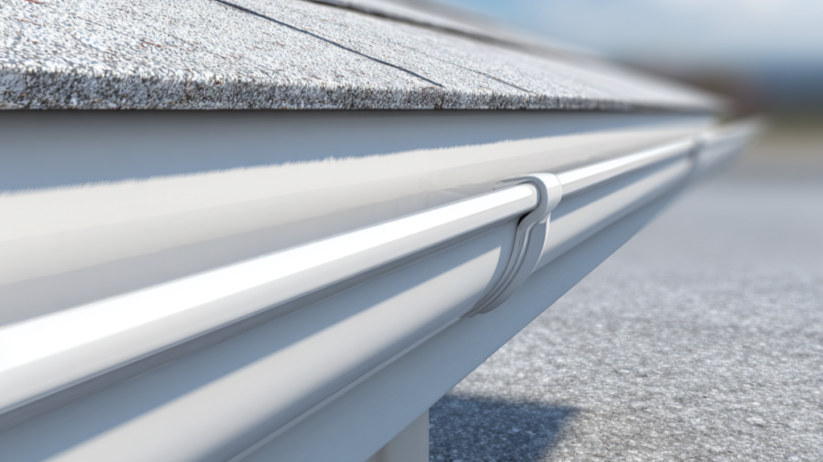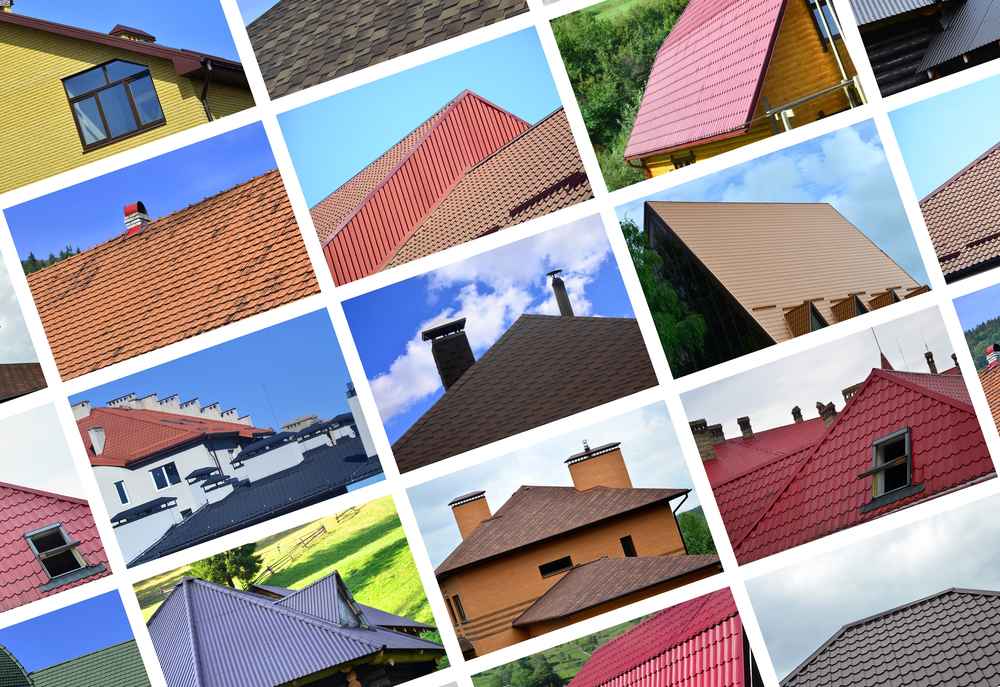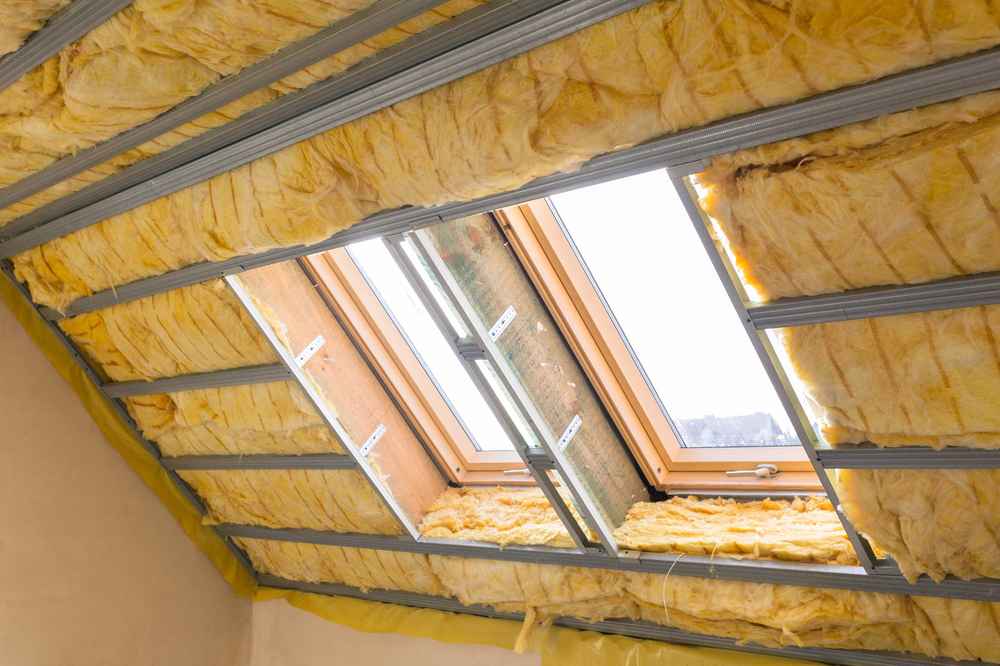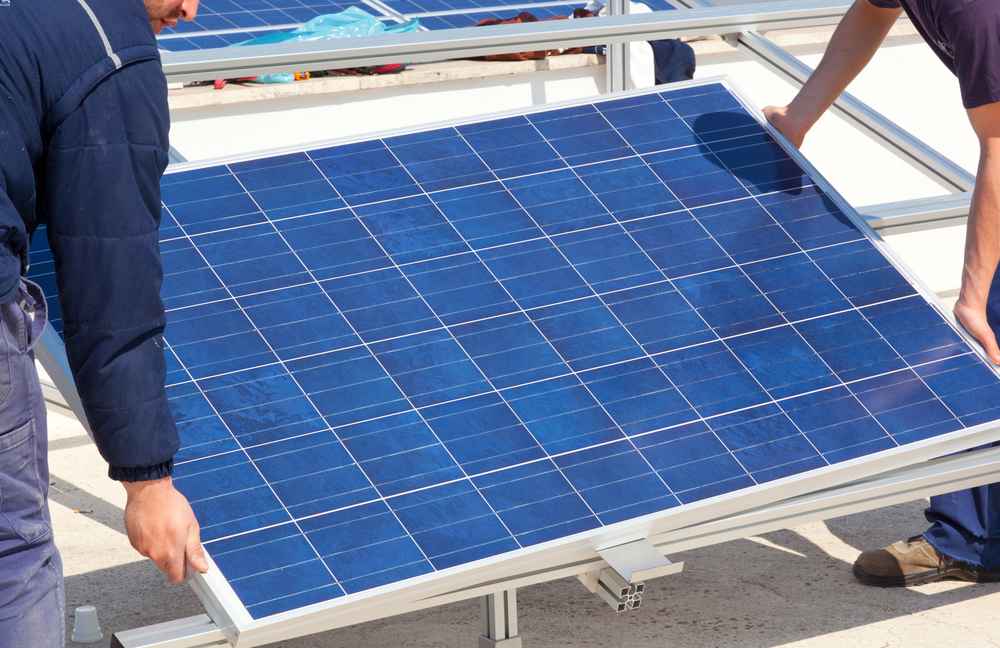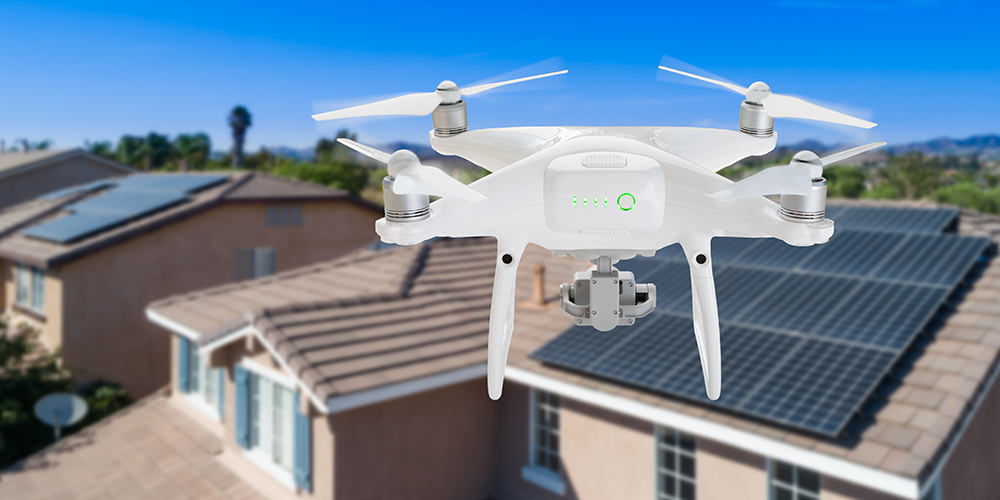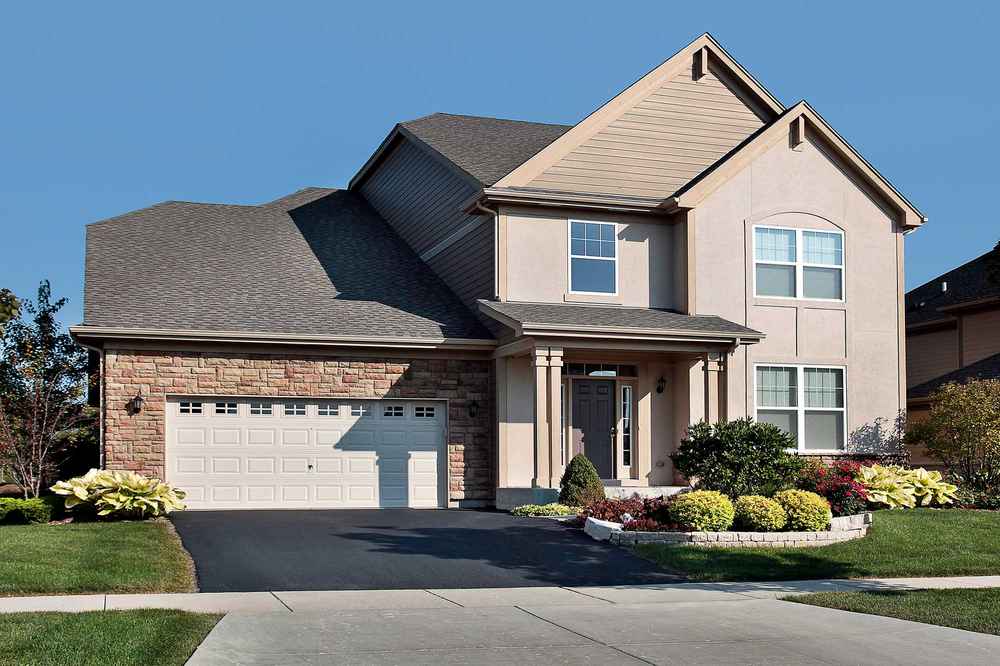Have you ever looked at a roof and wondered why some are steep while others are nearly flat? That difference is known as roof pitch, and it plays a big role in everything from water drainage to snow load to the materials your roofer will recommend. In Sanpete County, understanding roof slope is especially important due to seasonal snowfall and weather patterns that demand smart roofing design.
In this guide, we’ll get roof pitch explained in simple terms, explore various roof pitch types, walk through a practical roof angle guide, and help you understand how roof slope impacts materials, drainage, and energy efficiency.
What Is Roof Pitch?
To put it simply, roof pitch refers to how steep your roof is. It’s usually expressed as a ratio that shows the vertical rise for every 12 inches of horizontal run. For example, a 6:12 pitch means your roof rises 6 inches for every 12 inches of horizontal span.
The steeper the slope, the faster rain and snow can run off the roof. That’s why pitch is a major design factor in regions with snowfall like Sanpete County.
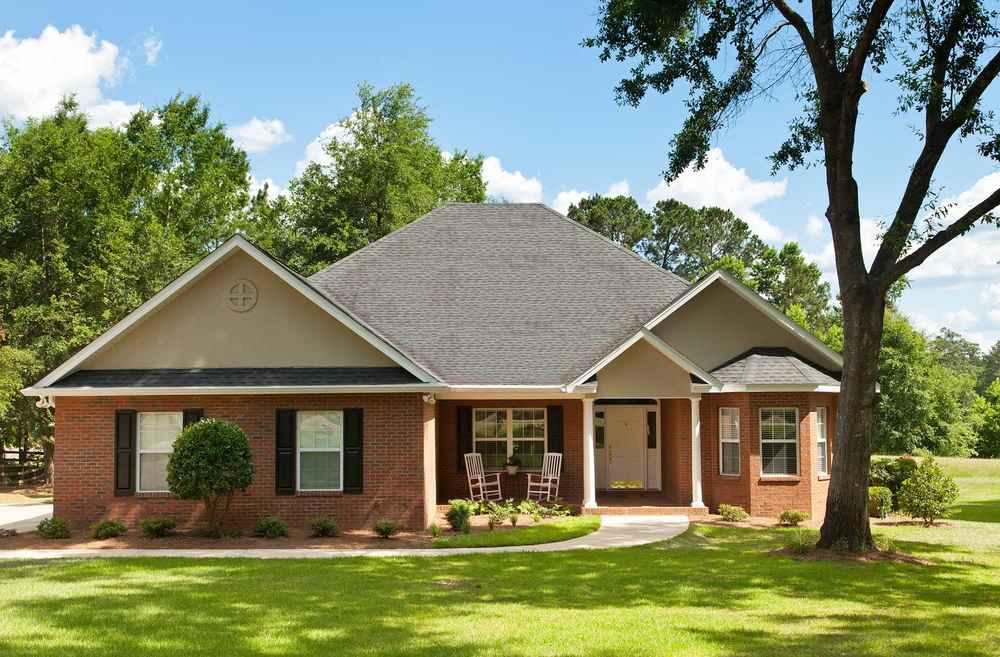
Roof Pitch Types and What They Mean
There are multiple roof pitch types, each suited to different architectural styles, climates, and material preferences.
1. Low-Slope Roofs (1:12 to 3:12)
Low-slope roofs are nearly flat, but they still have a slight angle for water drainage.
Pros:
- Easy to walk on and maintain
- Cost-effective for large commercial buildings
Cons:
- More prone to drainage issues
- Not ideal for heavy snowfall areas
Best Uses: Modern-style homes, garages, and commercial buildings
2. Moderate-Slope Roofs (4:12 to 6:12)
This is the most common roof pitch in residential buildings, offering a balance between function and form.
Pros:
- Effective drainage
- Compatible with a wide range of materials
- Visually pleasing for most home styles
Cons:
- Harder to walk on during maintenance than low slopes
Best Uses: Traditional homes, ranch-style homes, and suburban designs
3. Steep-Slope Roofs (7:12 and above)
Steep slopes are effective in areas with heavy rain or snow—making them ideal for homes in Sanpete County.
Pros:
- Excellent water and snow runoff
- Visually dramatic and stylish
- Allows for attic ventilation and more headroom
Cons:
- More expensive to build and maintain
- Difficult to access for repairs
Best Uses: A-frame homes, Victorian-style homes, and mountain cabins
Why Roof Pitch Matters in Sanpete County
Your local climate should always be a primary consideration when choosing a roof design. In Sanpete County, homeowners deal with:
- Heavy winter snow accumulation
- Rainstorms in spring and summer
- Temperature swings that cause freeze-thaw cycles
A properly pitched roof ensures:
- Efficient water and snow runoff
- Lower risk of ice dams and leaks
- Reduced structural stress from snow loads
According to the National Institute of Building Sciences, proper slope selection is one of the most effective ways to improve roof longevity in snowy climates.
Roof Angle Guide: How to Measure Pitch
You don’t need to be a contractor to understand pitch. This simple roof angle guide can help you calculate your roof slope:
Step 1: Grab a Level and a Ruler
Place a 12-inch level horizontally against your roof surface, with one end touching the roof.
Step 2: Measure the Vertical Rise
At the 12-inch mark on the level, measure straight down (perpendicular to the level) to the roof surface. The result in inches is your pitch rise.
Example:
- A 6-inch vertical rise over a 12-inch run = 6:12 pitch
- A 4-inch rise = 4:12 pitch
Pitch to Angle Conversion (Approximate)
- 3:12 = 14°
- 6:12 = 27°
- 9:12 = 37°
- 12:12 = 45°
To learn more about pitch and slope calculations, visit the U.S. Department of Energy’s Building Envelope Guide.
Roof Pitch and Material Compatibility
Different materials work better on different slopes. Choosing the right combination improves durability, energy efficiency, and appearance.
For Low-Slope Roofs:
- TPO, EPDM, and PVC membranes (commercial or modern homes)
- Built-up roofing (BUR)
For Moderate Pitches:
- Asphalt shingles (most common choice)
- Metal roofing
- Wood shakes or shingles
For Steep Pitches:
- Clay or concrete tiles
- Slate roofing
- Architectural metal
At Clean Cut Roofing & Siding, we assess pitch first before recommending materials. That’s why understanding what is roof pitch is so important—choosing a roof without considering slope can lead to performance issues and code violations.
Roof Pitch and Water Drainage
One of the main functions of roof pitch is water management. The steeper the pitch, the faster water can exit your roof.
In Low-Slope Roofs:
- Water drains more slowly
- Greater risk of pooling and leakage
- Requires precise drainage design and waterproof membranes
In Steep-Slope Roofs:
- Water and snow slide off quickly
- Less chance of leaks due to standing water
- Less stress on underlayment and framing
This is why steeper pitches are often recommended in Sanpete County. A 6:12 or greater pitch can dramatically reduce snow buildup and reduce the need for additional structural reinforcement.
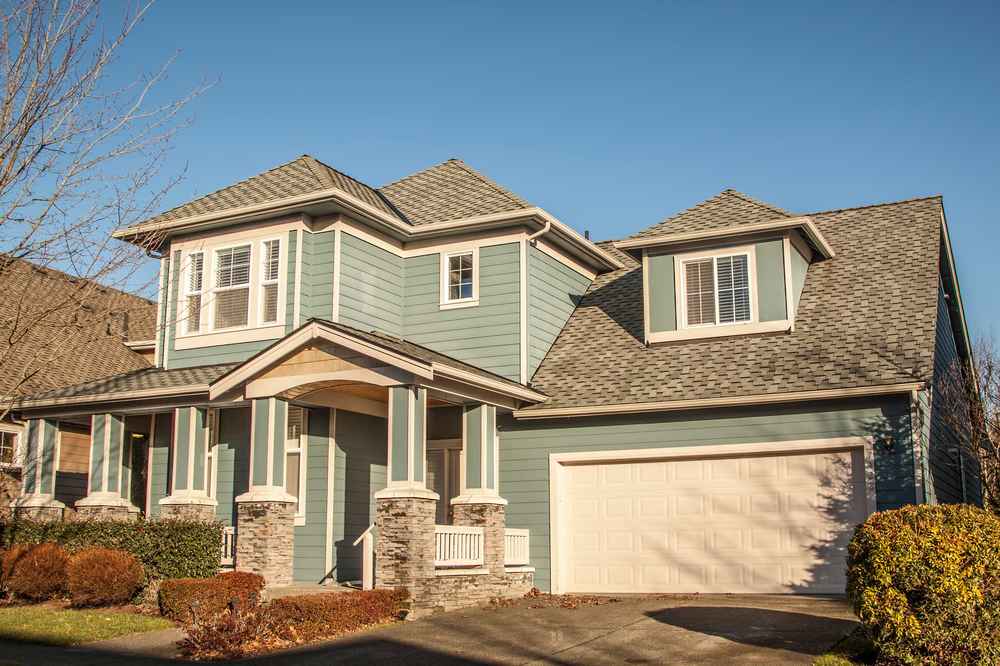
Energy Efficiency and Roof Pitch
Your roof pitch also affects your home’s insulation and ventilation strategies.
Benefits of Steep Roofs for Energy Use:
- More attic space for ventilation and insulation
- Better airflow helps regulate indoor temperatures
- Can accommodate solar panels at an optimal angle
Low-Slope Roofs and Efficiency:
- Easier to insulate but require more careful ventilation planning
- May trap heat without proper design
If energy efficiency is your goal, roof pitch should be part of the conversation—not just materials.
Design, Aesthetics, and Roof Pitch
Pitch doesn’t just affect function—it changes the look and character of your home.
- Modern Designs: Tend to use flat or low-slope roofs for minimalist appeal
- Classic or Traditional Styles: Often feature moderate pitches with asphalt shingles
- Mountain or Cabin Styles: Use steep pitches for snow shedding and dramatic lines
Want to make a visual statement while improving weather resistance? Go steeper. Prefer low maintenance and a subtle profile? A moderate slope may be ideal.
How We Evaluate Roof Pitch at Clean Cut Roofing & Siding
As a trusted local roofing company, we understand how critical roof pitch is to long-term success. Here’s how we help you make the right pitch decision:
Our Roof Pitch Assessment Includes:
- Measurement of existing slope
- Evaluation of snow load capacity
- Analysis of gutter and water runoff systems
- Compatibility review of proposed roofing materials
- Recommendations based on style, budget, and performance
We take every factor into account to ensure your roof doesn’t just look good—it lasts. Whether you’re replacing a roof or planning a new build, pitch will always be part of our discussion.
Need Help with Roof Pitch in Sanpete County? Let’s Talk
Now that you have roof pitch explained, you can see how slope affects drainage, materials, snow performance, and even energy use. Whether you’re reviewing roof pitch types for a new construction project or want to ensure your existing roof is suitable for Sanpete County’s climate, we’re here to help.
At Clean Cut Roofing & Siding, we’re proud to be a local expert on everything from basic roof slope in Sanpete County to complex architectural designs. Get a free estimate now and let’s talk about your home’s roof pitch, the best materials for your angle, and how to get the most life and value out of your roof.
